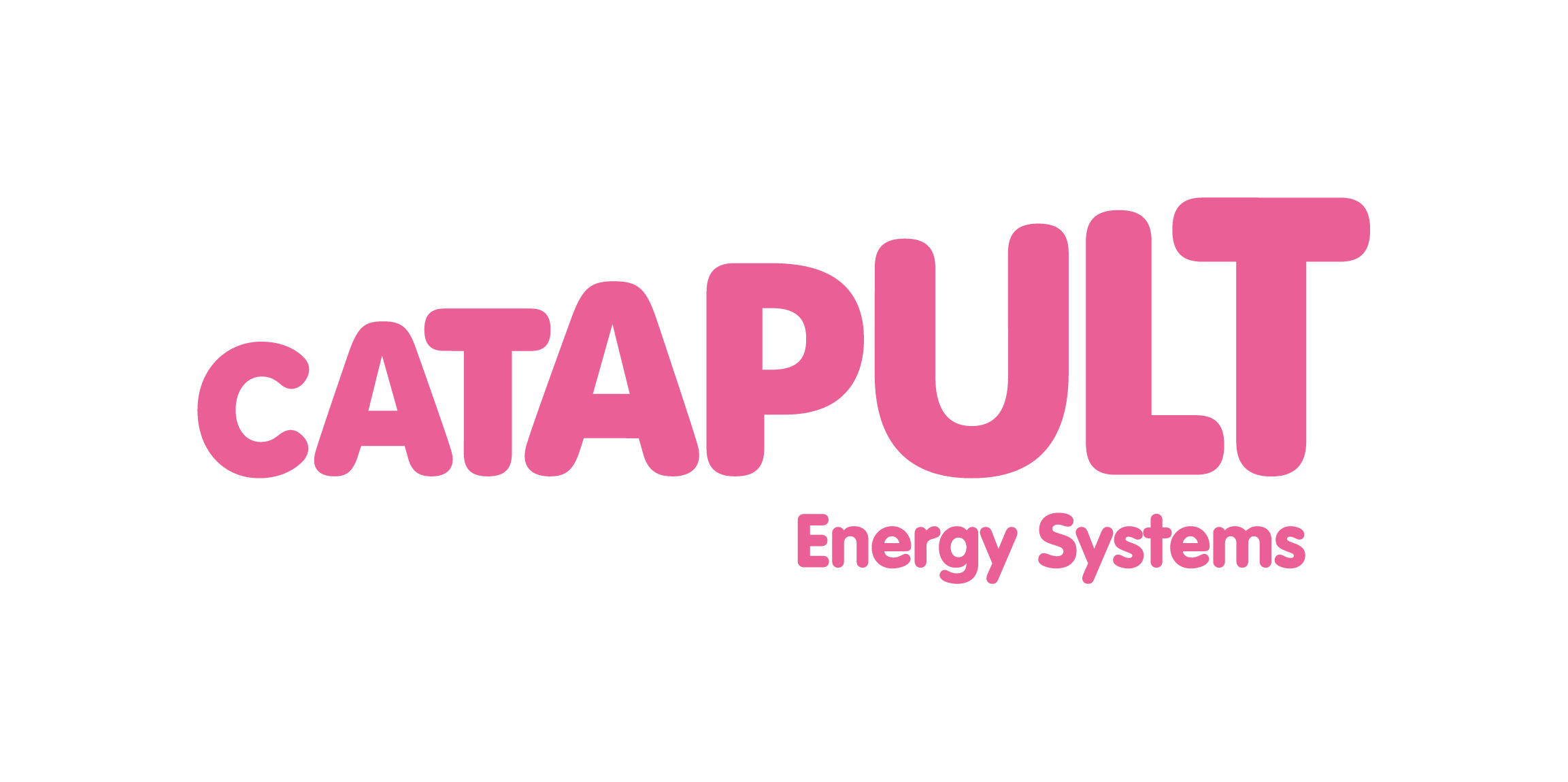Energy Systems Catapult (ESC) has produced guidance to support the public sector to decarbonise its built estate.
What is the purpose of this guide?
As part of a programme funded by The Department for Energy Security and Net Zero (DESNZ) and working with the Government Property Function (GPF), Energy Systems Catapult (ESC) has produced guidance to support the public sector to decarbonise its built estate. This guide is part of the Theme 1 Guidance on developing your strategy.
Understanding your current emissions and how those will change in the future is one of the foundational steps in helping your organisation tackle climate change. Greenhouse gas (GHG) emissions monitoring and reporting is an important part of understanding what is going on in your organisation. The topic has evolved over the past thirty years and continues to develop increasingly rapidly.
This guide aims to help you:
- understand the basics regarding greenhouse gas emissions monitoring and reporting;
- understand why monitoring and reporting is critical and what the possible benefits to your organisation are;
- think about the different routes you might use to voluntarily monitor and/or report, how you might choose the appropriate route, and signposts out to relevant documentation.
It is worth noting that emissions monitoring and reporting can be approached and undertaken in a variety of ways and the most appropriate implementation will depend on the purpose you are trying to fulfil and/or the audiences you wish to serve. Given this, no single emissions reporting approach can be a panacea, as different approaches are designed and necessary to serve different needs. Within approaches there can also be variation in implementation depending on need. This guide aims to help you navigate your way forward.

